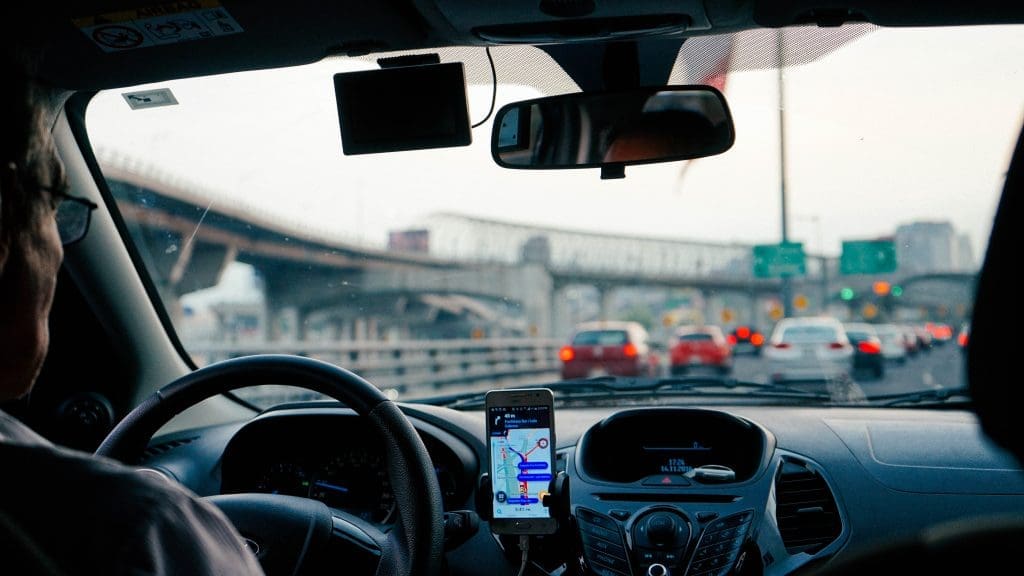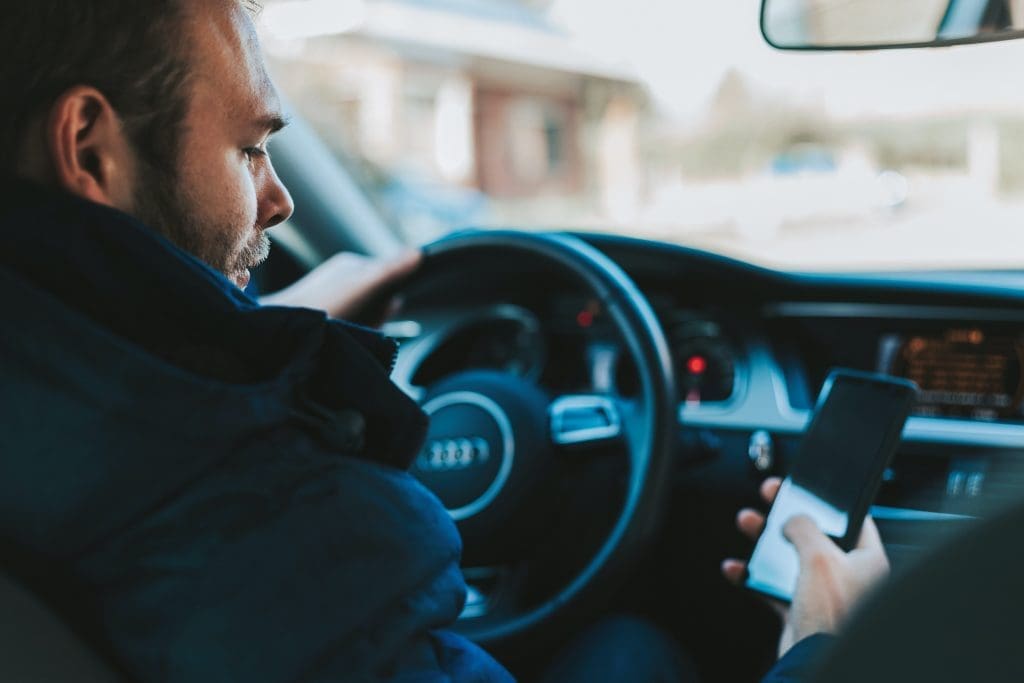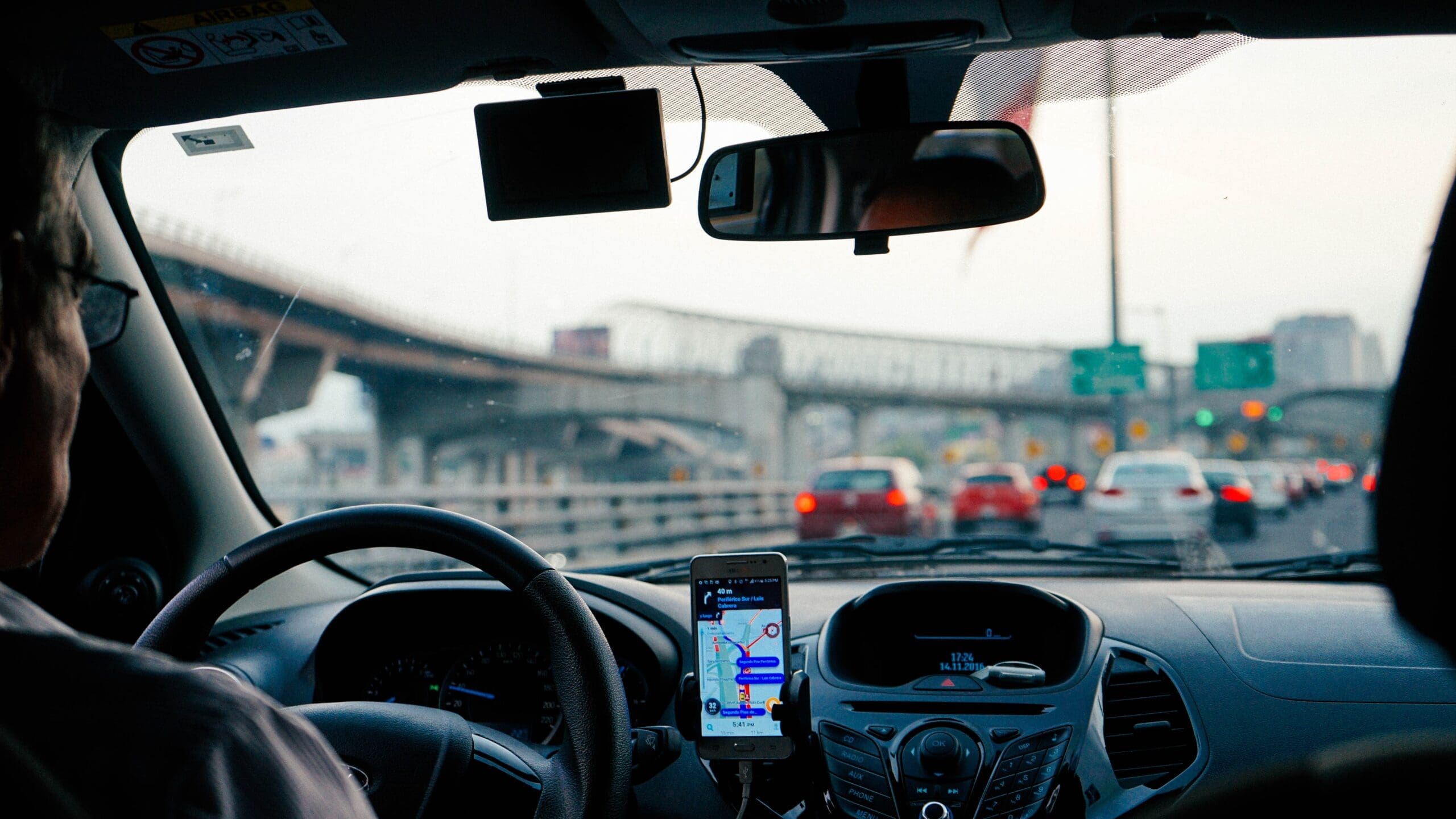Smart Ways To Minimize Your Chances Of Auto Accidents
Over 36,000 people are estimated to die each year from auto accidents, and countless more suffer physical and mental injuries that can affect them for the rest of their lives. These accidents can have a range of causes, from drunkenness and reckless behavior to a simple lapse in concentration. Everyone, including smart drivers and sensible pedestrians, can be at risk; learn ways to minimize your chances of auto accidents.
We have little control over others’ actions, and we can’t stop people from driving badly or getting behind the wheel after drinking. Still, there are ways we can adjust our behaviors and actions to deal with the threats these reckless and negligent drivers pose to ourselves and our passengers.

If an accident does occur, seeking medical attention immediately and contacting an attorney should be at the top of your to-do list. Still, it’s always better to prevent accidents or at least minimize your chances of having one, rather than having to deal with the consequences. With that in mind, here are some smart ways to drive safely, sensibly, and defensively to avoid any issues.
Keep Your Vehicle In Order
Often, accidents may be caused due to technical faults or issues with your vehicle. Even the smartest and safest drivers can find themselves in dangerous situations if they take to the road without regular maintenance and proper checks on their cars.
If, for instance, your car doesn’t have enough fluid to wash your windshield and the glass gets covered with dirt or mud while you’re driving, your vision could be impaired, raising the risks of collisions. Another example is if your tires aren’t properly inflated, which could make it harder to steer or navigate tight corners.
Be Careful With Medication
Many people are unaware that there are plenty of common, over-the-counter, and prescription medications that have a negative effect on your ability to drive. Many medications, from painkillers to allergy remedies, list drowsiness among their side effects. If you drive in this state, your reaction times and concentration levels could lead to an accident.
It’s essential to know your body and see how it responds to these kinds of medications, avoiding taking those that could do you harm before driving or during a long journey. Be aware of side effects by reading the labels and, if you’re trying a new medication for the first time, wait a little while to see how you react before driving.


Keep Distractions To A Minimum
In this modern world where everyone seems to own a smartphone, and all modern vehicles come equipped with screens and in-car entertainment systems, it’s quite easy to let yourself get distracted and take your eyes off the road. The NHTSA reports that many accidents occur due to distracted drivers looking at their phones or pressing buttons on their GPS devices.
Between other passengers talking to you, music playing through your speakers, and texts coming through on your phone, distractions quickly add up, and it’s important to do what you can to keep them to a minimum while behind the wheel. Figure out your GPS before you set off, put your phone down, and try to keep all of your focus and attention on the road at all times.
Learn Defensive Driving Techniques
All drivers eventually learn that you can’t control what other people will do on the road, and you will encounter bad drivers on quite a regular basis, but there are ways you can prevent auto injuries and these techniques typically fall into the category of ‘defensive driving,’ which essentially means driving in a way that is designed to protect you and your passengers.
Defensive driving techniques can vary from one situation to another. Suppose you see a possibly drunk driver swerving on the road ahead, for example. In that case, you should keep your distance or consider pulling over and waiting until they’ve moved on before continuing, or if you’re driving alongside a big truck, be sure to overtake quickly and avoid blind spots to reduce the risk of accidents.
Conclusion
The simple truth is that every time you get behind the wheel and head out on the road, there will be risks and dangers to deal with. However, with the right approach and smart technique, you can keep yourself and others as safe as possible, so be sure to bear these tips in mind for the future.




